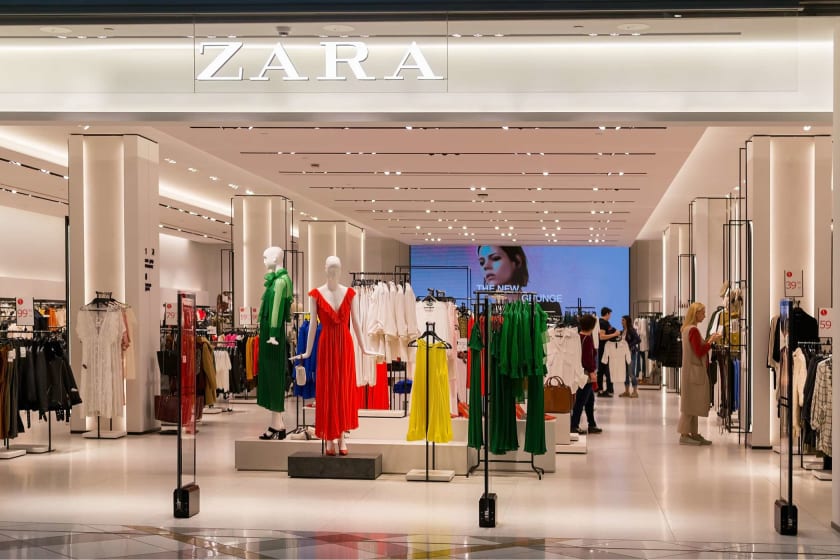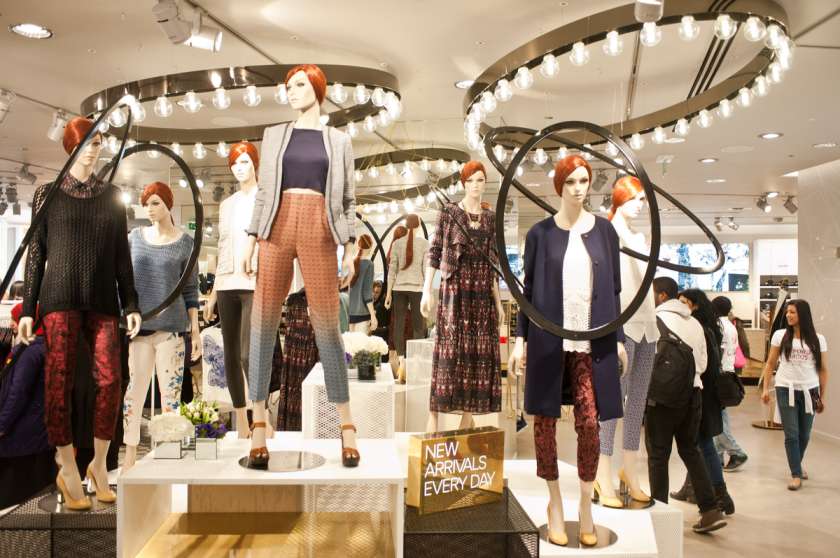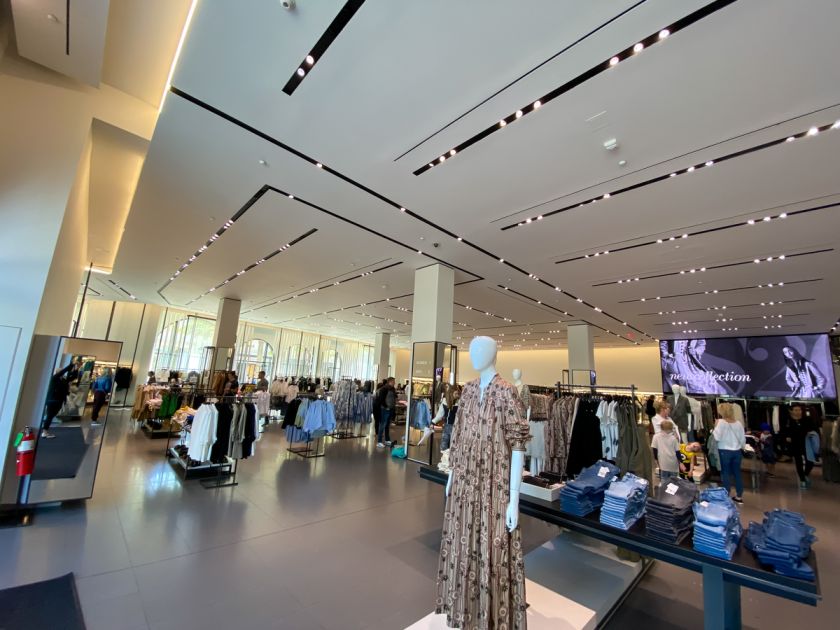Stealing Strategies: 10 Things to learn from Zara & H&M’s Purchasing Managers!



An effective supply chain streamlines everything from raw material procurement to final product delivery, changing and adapting to unanticipated conditions along the way. It not only enables companies to detect and fix operational issues at the appropriate moment, but it also allows them to be more sensitive to social concerns. In today's competitive environment, a sustainable supply chain that includes purchasing decisions of a company is a source of competitive advantage for improving customer service, lowering operational costs, and increasing cash flow.
Gartner's Supply Chain top 25 list is a prestigious rating of brand leaders who have excelled and advanced in supply chain skills. So far, only two fashion firms have made it to the list: Zara and H&M. Zara has been on the list since 2010, while H&M has been on the list since 2012. So, what makes them stand out from the list of many other fashion brands? What are the best-in-class business techniques of their purchasing managers that keep the supply chain process seamless for the company?
Here are the 10 things to learn from Zara & H&M’s purchasing managers -
- Zara's procurement department is concerned with the quantity of raw materials required to create the outfits rather than the number of final garments. This reduces waste since you may reuse fabric but not resell an item of apparel that does not meet the standard—a fantastic illustration of how sustainability may be enhanced while also lowering costs.
- H&M makes 80 percent of its retail inventory ahead of time and debuts the remaining 20 percent in response to market trends. H&M's most impressive trait is its ability to interact effectively with its partners. It does not have its own factories and instead relies on a network of outsourcing to manage its purchasing and manufacturing. It has over 700 partner firms in more than 20 countries. H&M sources clothing from over 750 vendors, with 60 percent of production taking place in Asia and the balance mostly in Europe.

- Buyers nowadays look for materials that have minimum impact on biodiversity. Zara understands that purchasing is the key to establishing a sustainable supply chain. Zara strives to develop as many items and collections as possible using biological cotton and recycled raw materials by educating the purchasing managers in order to implement a fully sustainable supply chain.
- H&M recognizes the importance of procurement because revenue rates are based on it. By utilizing the ideas of responsible purchasing, H&M can be considered to benefit from successful procurement and showcase it as one of its values. They have been using a Supplier Relationship Management system to help them manage their supplier relationships. It enables them to analyze, develop, and promote responsible suppliers - in other words, to be a more equitable buyer.
- Zara's extremely responsive, vertically efficient supply chain allows clothing to be exported 24 hours a day, 365 days a year, tailored to specific products being shipped to shops twice a week. Approximately two-thirds of textiles are undyed and acquired before patterns are finished in order to save money through demand accumulation. This vertical integration enables Zara to keep control over aspects like dyeing and processing while also having fabric-processing capacity available on-demand to deliver the appropriate textiles for new trends based on client preferences.
- H&M leverages the prediction of fashion trend forecast companies such as (WGSN) Worth Global Style Network to stay updated on the latest fashion trends. This helps the purchasing managers to limit their unnecessary raw-material purchases and save costs. As a fast-moving store, it pursues an innovative approach to evaluating consumer preferences by utilizing both classic analysis and experimental amplified technology.

- Due to the efficient purchasing managers and strong supply chain management, Zara may also make minor changes to existing pieces in as little as two weeks. Shortening the product life cycle increases the likelihood of matching consumer desires. If a design does not sell well after a week, it is removed from stores, any future orders are canceled, and a new design is sought. Zara actively analyses changes in client fashion choices. It features a variety of basic patterns that are carried over from year to year, but certain in-vogue, high fashion, trend-inspired goods can be on the shelves for less than four weeks, encouraging Zara lovers to return.
- H&M, the fashion conglomerate, does not own factories and does not pre-purchase textiles. Instead, their partners source textiles on H&M's behalf. With an excellent IT communication structure in place, the firm only needs to make a purchase with one of its regional partner companies that already have the required textiles. Through ongoing improvements in the purchasing process, H&M has been able to lower the average lead time by 15-20%. Flexibility and short lead times have minimized the danger of purchasing the incorrect things and allowed H&M stores to swiftly refill with the best-selling products at cheap costs.
- Zara's approach is to have more goods available than its competitors. While most clothing companies develop and sell 2,000 to 4,000 distinct articles of apparel every year, Zara's output has been far larger, with around 10,000 pieces manufactured per year. This distinct aspect of the company's approach has enabled Zara to appeal to a greater range of clients with diverse tastes. And this has been made possible by competent purchasing managers who keep an eye on purchase requirements promptly and seamlessly link with other supply chain management teams.

- H&M's purchasing managers plan long-term collections and promote real-time design responsiveness, which derives from a customer-driven production approach. Successful supply chain management is the result of the entire team's efforts. To create its garments, the team collaborates with a mind-boggling amount of services, including 60 pattern makers, 700 suppliers, and 20 global manufacturing sites.
Zara & H&M’s creative demand-driven business model revolves around the decision-making process of the client. The specialized real-time, demand sensing, and demand shaping capabilities enable them to adapt to market changes quickly, boost flexibility, and accelerate the time it takes to bring breakthrough concepts to market. Zara releases 24 new apparel lines each year, whereas H&M releases 12 to 16 collections. Zara's RFID system guarantees accurate inventory counts and faster deliveries to customers, while H&M's Treadle B2B provider assists clients in accelerating sustainable change by conquering internal barriers and gaining access to the benefits of its global long-term supply chain collaboration for sustainable growth.
Conclusion
Every fashion enthusiast desires to be a part of some successful fashion business. So, it's crucial to leverage the effectiveness of a well-curated manufacturing platform to start your journey towards success. Fashinza connects you to the world-class manufacturers in the industry so you can begin presenting your best-selling collection to the world almost instantly.



















